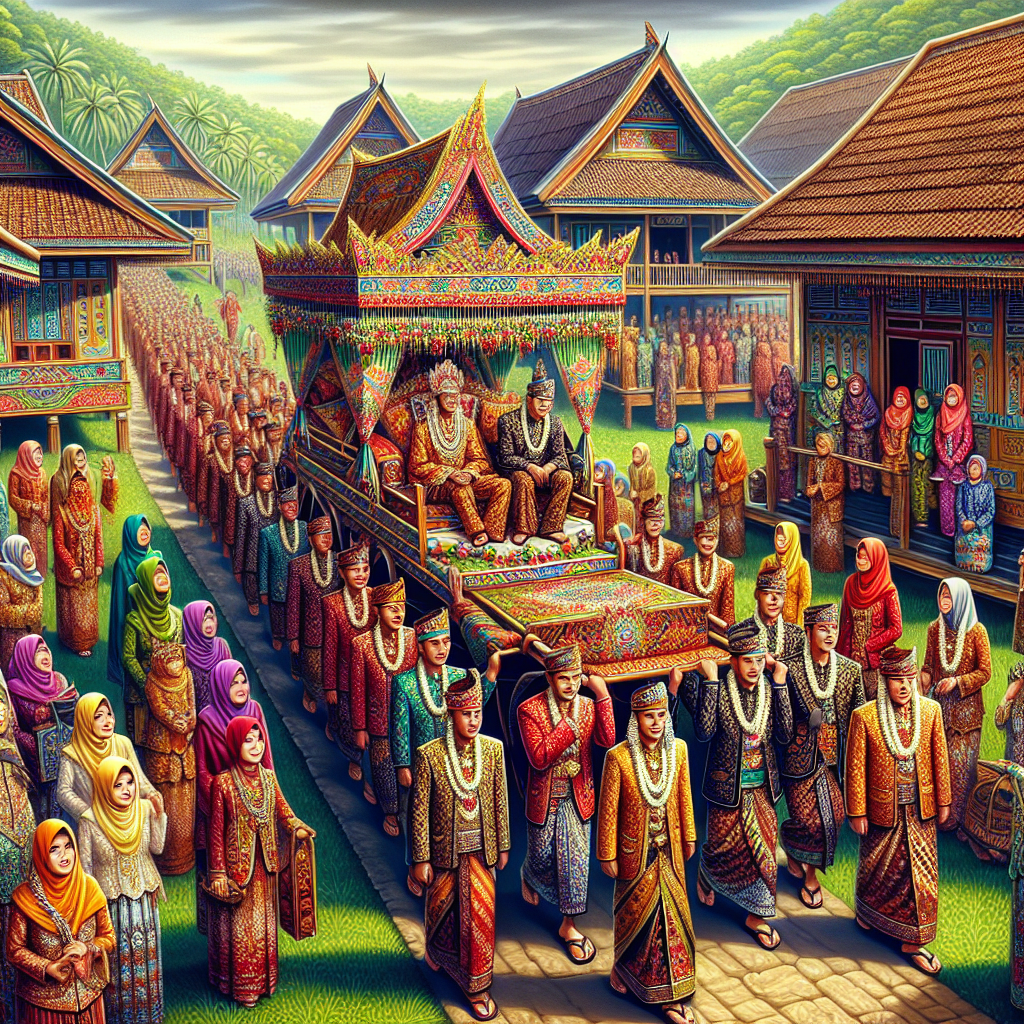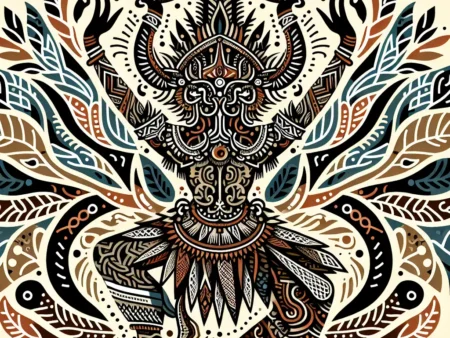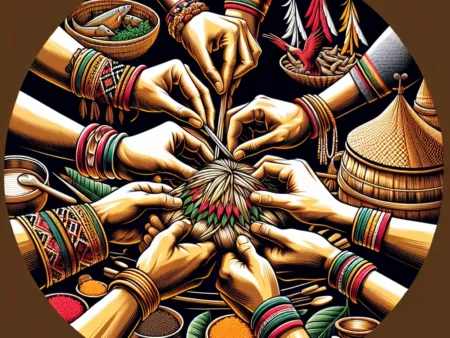Tradisi Bajapuik: Proses Pemindahan Pengantin Pria di Minangkabau. Tradisi unik yang melibatkan perpindahan pengantin pria dalam budaya Minangkabau.
Tradisi Bajapuik: Proses Pemindahan Pengantin Pria di Minangkabau
-
Table of Contents
Introduction

The Minangkabau people of Indonesia have a rich cultural heritage that is deeply rooted in their traditions and customs. One of the most fascinating traditions of the Minangkabau people is the Bajapuik ceremony, which involves the transfer of the groom from his family home to the bride’s house. This article will explore the significance of the Bajapuik tradition and shed light on the elaborate process of transferring the groom in Minangkabau culture.
The Significance of Bajapuik
The Bajapuik tradition holds great importance in Minangkabau culture as it symbolizes the transition of the groom from his family to his new life with his bride. It is a celebration of love, unity, and the merging of two families. The word “Bajapuik” itself is derived from the Minangkabau language, where “Baja” means groom and “Puik” means transfer or move.
Historical Origins
The Bajapuik tradition has its roots in the matrilineal system of the Minangkabau people. In Minangkabau society, property and inheritance are passed down through the female line, and women hold significant power and influence within the family. The Bajapuik ceremony is a reflection of this matrilineal system, as it signifies the groom’s acceptance into the bride’s family and his commitment to uphold the values and traditions of his new household.
Preparation for Bajapuik
The Bajapuik ceremony involves meticulous planning and preparation by both the groom’s and bride’s families. It is a collaborative effort that requires coordination and cooperation to ensure a successful and memorable event. The preparations begin months in advance and involve various tasks such as selecting the date, inviting guests, and arranging for the necessary ceremonial items.
The Process of Bajapuik
The Bajapuik ceremony typically takes place in the morning, with the groom’s family gathering at their home. The groom, dressed in traditional Minangkabau attire, is accompanied by his male relatives and friends. They form a procession and make their way to the bride’s house, which is usually located nearby.
As the groom’s entourage approaches the bride’s house, they are greeted by the bride’s family and other guests. The atmosphere is filled with joy, excitement, and anticipation. The groom’s family presents gifts and offerings to the bride’s family as a symbol of respect and gratitude.
Once inside the bride’s house, the groom is welcomed by the bride’s female relatives. They perform a traditional dance called “Tari Pasambahan” to honor the groom and express their happiness for the union. The groom is then seated on a special chair called “Singgalang” while the bride’s family members take turns to offer him food and drinks.
Symbolism and Rituals
The Bajapuik ceremony is rich in symbolism and rituals that reflect the values and beliefs of the Minangkabau people. One of the key rituals is the washing of the groom’s feet, which is done by the bride’s female relatives. This act symbolizes the groom’s purification and readiness to enter his new life with the bride.
Another important ritual is the exchange of betel leaves between the groom and the bride’s family. Betel leaves are considered a symbol of unity and harmony in Minangkabau culture. The exchange signifies the merging of two families and the commitment to support and care for each other.
Traditional Attire
The Bajapuik ceremony is also an opportunity for the groom and other participants to showcase their traditional attire. The groom wears a traditional outfit called “Baju Kurung” or “Baju Adat,” which consists of a long-sleeved shirt, trousers, and a headpiece called “Tanjak.” The attire is adorned with intricate embroidery and reflects the rich cultural heritage of the Minangkabau people.
Culinary Delights
Food plays a significant role in the Bajapuik ceremony, as it is a way to celebrate and share the joy of the occasion. Traditional Minangkabau dishes such as “Rendang,” “Gulai,” and “Sate Padang” are prepared and served to the guests. These dishes are known for their rich flavors and use of local spices, which are a testament to the culinary expertise of the Minangkabau people.
Conclusion
The Bajapuik tradition is a captivating and meaningful ceremony that showcases the cultural richness of the Minangkabau people. It is a celebration of love, unity, and the merging of two families. The elaborate process of transferring the groom from his family home to the bride’s house reflects the values and beliefs of the Minangkabau people, particularly their matrilineal system and commitment to upholding traditions.
Through the Bajapuik ceremony, the Minangkabau people not only honor their cultural heritage but also strengthen family bonds and create lasting memories. It is a tradition that continues to be cherished and passed down through generations, ensuring that the unique customs and traditions of the Minangkabau people thrive for years to come.







